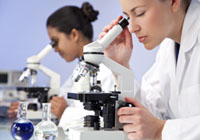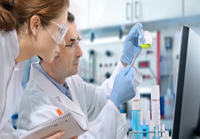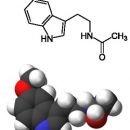Causes and provoking factors causing elevated hemoglobin, possible complications. Methods of treatment and diet with increased hemoglobin.
Content
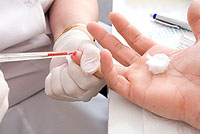
Elevated hemoglobin is often a consequence of serious
Diseases. When a similar deviation is detected from the norm required
Examination of the body, clarifying the causes of the pathological phenomenon and
need to pass the course of treatment. Besides the increased hemoglobin
Signals about the disease, it can cause blood thickening and row
Hazardous complications.
Hemoglobin, elevated compared to normal
indicators can be called by special living conditions or specific
Type of activity. But he also may often testify to
Serious disease organism.
Hemoglobin and its normal
Level in blood
Hemoglobin — This is a complex blood erythrocytes
Iron-containing protein. Takes part in the transportation of oxygen from the lungs
To cells of all organs and removal of carbon dioxide in the opposite direction.
Normal indicators for women are 120-140 g / l and for men — 135-160
g / l. The hemoglobin level can fluctuate depending on the physical and
mental state. Long decrease or increase compared to
Normal indicators indicate disadvantaged in the body.
Hemoglobin level fluctuation within normal
Elevated hemoglobin is often observed at skiers,
climbers after exercise and pilots after high-altitude flights. On it
Blood content also affects accommodation in certain locality. Increased
The level of hemoglobin in the inhabitants of the mountains, for example, is a reflex reaction
the body on the fired air, with a lower than usual, concentration
Oxygen.
Causes of raising level
Hemoglobin
Internal mechanisms
Improving the level of hemoglobin is the result of action
Two mechanisms:
-
In compensation for blood failure
provide oxygen tissue according to their needs; -
Reducing blood plasma volume leading to
An increase in the concentration of erythrocyte.
Diseases causing deviations
To measure the level of hemoglobin, the patient is sent to
general blood analysis. Increased value may indicate one of the states:
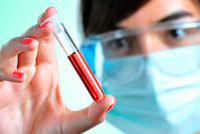 Congenital heart defect;
Congenital heart defect;- pulmonary fibrosis;
- disorders associated with excess erythropoietin;
- diabetes;
- True polycythemia;
- blood diseases;
- cardiovascular failure;
-
Oncological disease as a result
reinforced cell division; - intestinal obstruction;
-
Hemolytic anemia — Increase hemoglobin B
Blood Plasma, is a consequence of gallstone disease and a number of others
diseases; -
Erythrocytosis — increasing the volume of erythrocytes in
blood serum may be a consequence of heart or kidney diseases; -
Pernicious anemia — Lower level
Erythrocytes with increased hemoglobin, often accompanies organs of organs
GTS; -
Increased content of vitamins innine and
IN12, Strengthening the absorption of iron.
Its level can also increase with burns and
evidence.
Possible complications
One of the serious complications that can cause
Improving the level of hemoglobin with output beyond the norm — Increase viscosity
blood. When a certain value is reached, viscosity is broken
Microcirculation of blood and oxygen transportation in various body fabrics.
In connection with the deterioration of blood circulation, the risk of thromboembolism increases,
Increases the likelihood of strokes and heart attacks, especially for the elderly people
Age.
Treatment of pathology
Increasing hemoglobin level cannot be considered as
Independent disease. It is treated only as a symptom of the main disease,
caused violation of normal erythrocyte production. At an elevated level
Erythrocytes are a thorough medical examination and, depending on
its results are prescribed treatment. In order to normalize blood clotting
The doctor may additionally appoint drugs that dilute blood. Such
medications have side effects, and without appointing a doctor can not be taken.
No vitamin complexes can not be taken without consulting a doctor:
Most of them contain folic acid, copper and vitamins of group B, improving the process
Issue of iron.
Diet for the normalization of hemoglobin level
Along with the treatment of the main disease, the patient as
The rule is assigned a diet that contributes to a decrease in hemoglobin level. She
aimed at restricting the use of red meat, liver and offal and
replace them with chicken, soy and bean crops. Limited also
Eating fatty foods, as excess fat entering the body,
can cause the formation of plaques in vessels. It is recommended to include in the diet
low-fat varieties of fish because it contains polyunsaturated fatty acids
Omega-3 and Omega-6, helping to thin the blood and strengthen the walls of the vessels.




